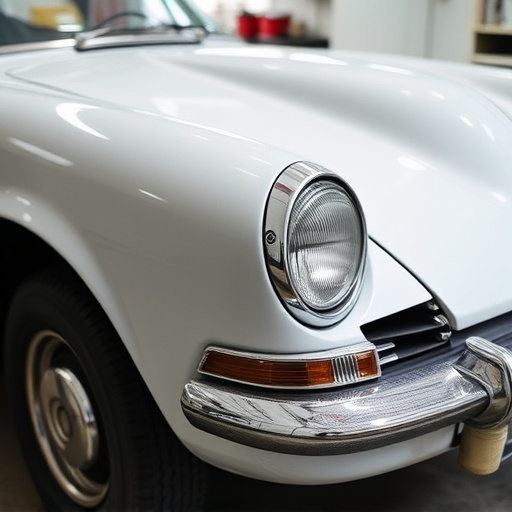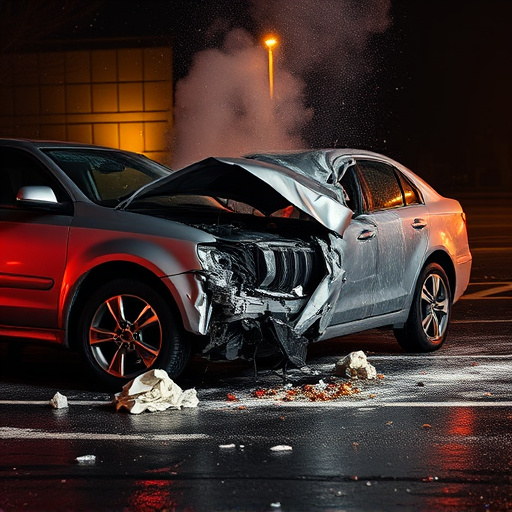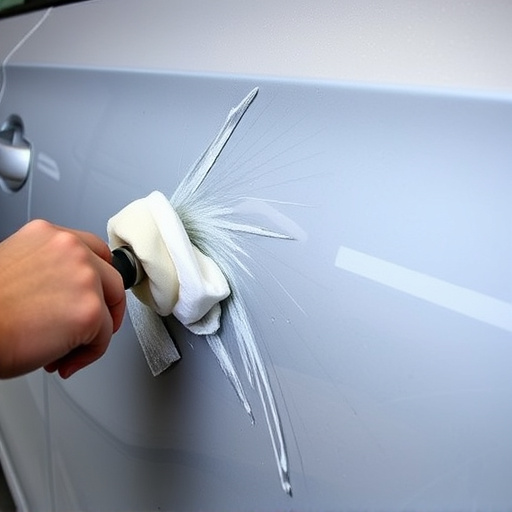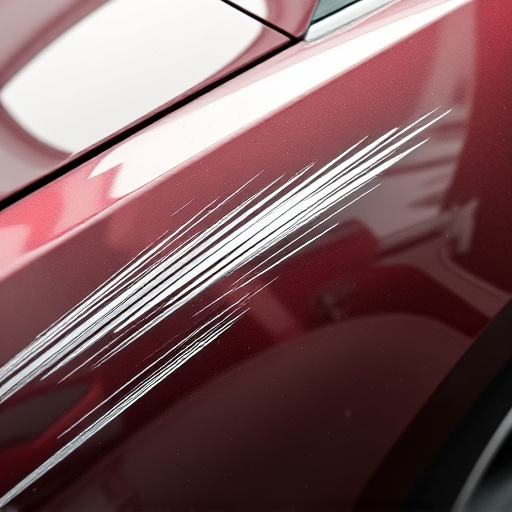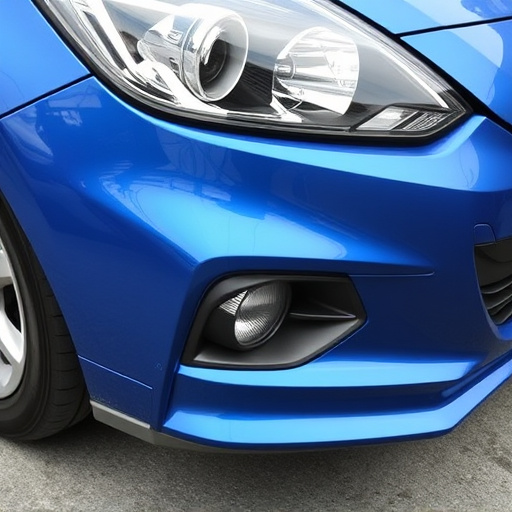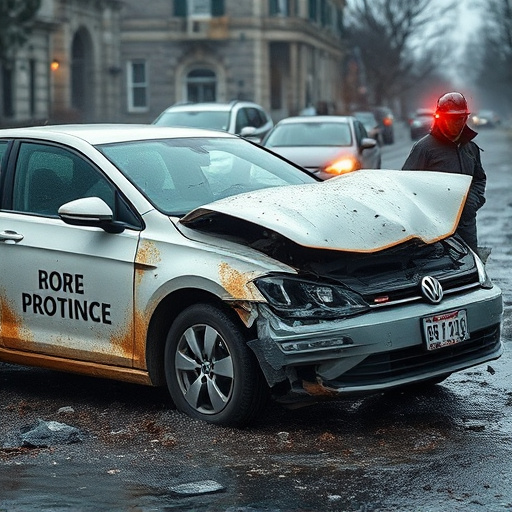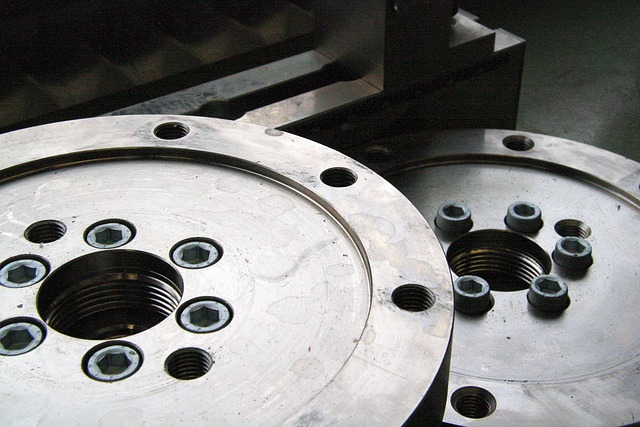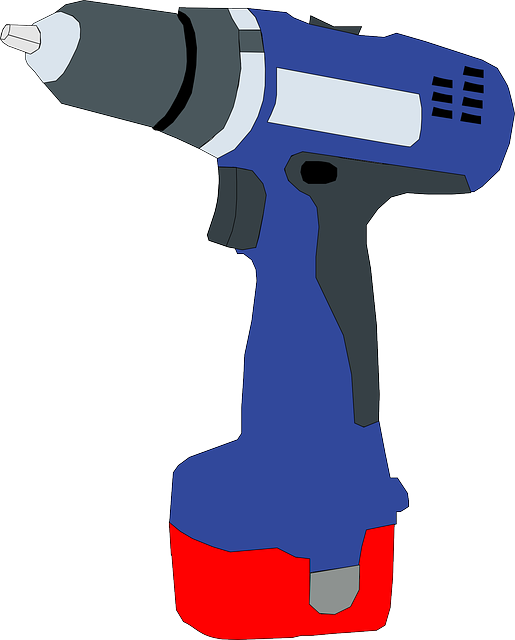Compact car body work involves intricate repairs and restoration of exterior panels for structural integrity and aesthetic appeal. Key materials like steel, aluminum, and AHSS ensure strength, durability, and fuel efficiency. Regular maintenance, including washing, waxing, and rust checks, is vital. DIY kits handle minor dents, while significant damage requires professional compact car body work with specialized tools and techniques to preserve the vehicle's sleek design.
Dive into the world of compact car body work and unlock the secrets of efficient repairs and maintenance. This comprehensive guide breaks down the fundamentals, covering everything from understanding the unique body panels of compact cars to exploring common construction materials. By mastering these basics, you’ll be equipped to handle basic repairs, ensuring your vehicle retains its structural integrity and aesthetic appeal. Get ready to navigate compact car body work like a pro!
- Understanding Compact Car Body Panels
- Common Materials Used in Construction
- Basic Repairs and Maintenance Tips
Understanding Compact Car Body Panels

Compact car body work involves understanding the various panels that make up its exterior. These panels are designed to protect the vehicle’s internal components while contributing to its aesthetic appeal. The primary panels include the hood, fenders, doors, roof, and trunk lid. Each panel serves a specific function; for instance, the fenders direct air around the wheels, while the doors provide entry and exit points.
During vehicle restoration or in a body shop service, auto body technicians ensure these panels are in perfect condition. They use specialized tools to repair dents, cracks, or other damage, often utilizing a range of techniques from simple spot welding to more complex composite repairs. The goal is not just to restore the car’s structural integrity but also to maintain its original sleekness and overall compact car body work quality.
Common Materials Used in Construction
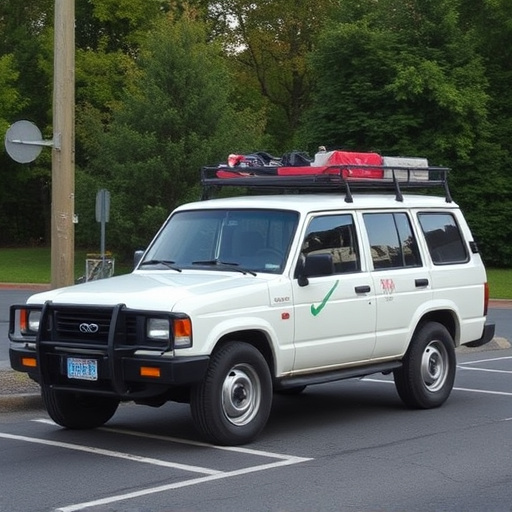
The construction of a compact car’s body involves several materials chosen for their strength, durability, and lightweight properties to ensure optimal performance and fuel efficiency. Common among these are steel and aluminum, which dominate the automotive industry due to their excellent structural integrity. High-strength steels, in particular, offer superior crash resistance, a critical factor in modern vehicles, as they can absorb and distribute impact energy during collisions, enhancing safety standards.
In recent years, there’s been a growing trend towards using lightweight alternatives like advanced high-strength steels (AHSS) and aluminum alloys. These materials play a significant role in compact car body work, enabling manufacturers to meet stringent emission norms while maintaining vehicle stability and maneuverability. Their application in car body repair and autobody repairs is increasingly common, with specialized techniques employed for welding and shaping these materials to ensure structural integrity without compromising on the vehicle’s aesthetic appeal.
Basic Repairs and Maintenance Tips

Regular maintenance is key to keeping your compact car’s body in top condition. Start with simple tasks like washing and waxing your vehicle at least once a month to protect its finish from environmental damage. Check for any signs of rust, especially in regions with harsh winters, and address them promptly. Small dents or scratches can be repaired using DIY kits, but for more significant damage, it’s advisable to seek professional car bodywork services.
When performing basic repairs, ensure you have the right tools and materials, such as a hammer, putty knife, and body filler. Start by removing any loose debris and then carefully pop out the damaged panel. Repair or replace it, allowing adequate time for each coat of primer and paint to dry completely before reassembling. Regular inspections will help catch issues early, making repairs more manageable and cost-effective, thus preserving your compact car’s overall aesthetic and value through effective compact car body work.
By familiarizing yourself with the basics of compact car body work, from understanding body panels to common materials and basic repairs, you can ensure your vehicle maintains its structural integrity and aesthetic appeal. Regular maintenance and prompt attention to any issues will not only extend the life of your compact car but also save you money in the long run. So, whether it’s addressing dents, rust, or simply routine checks, armed with this knowledge, you’re well-equipped to handle common compact car body work tasks.
